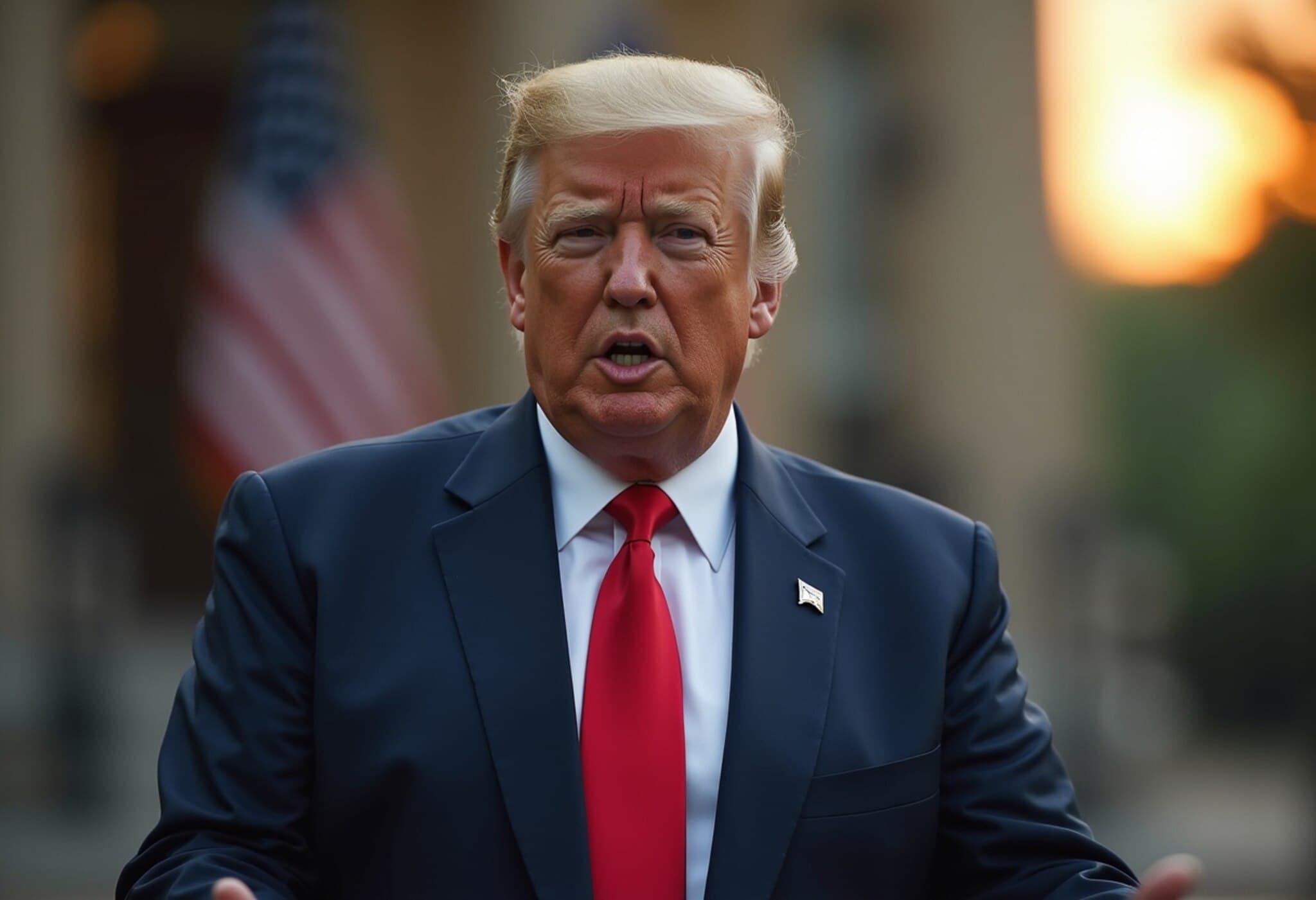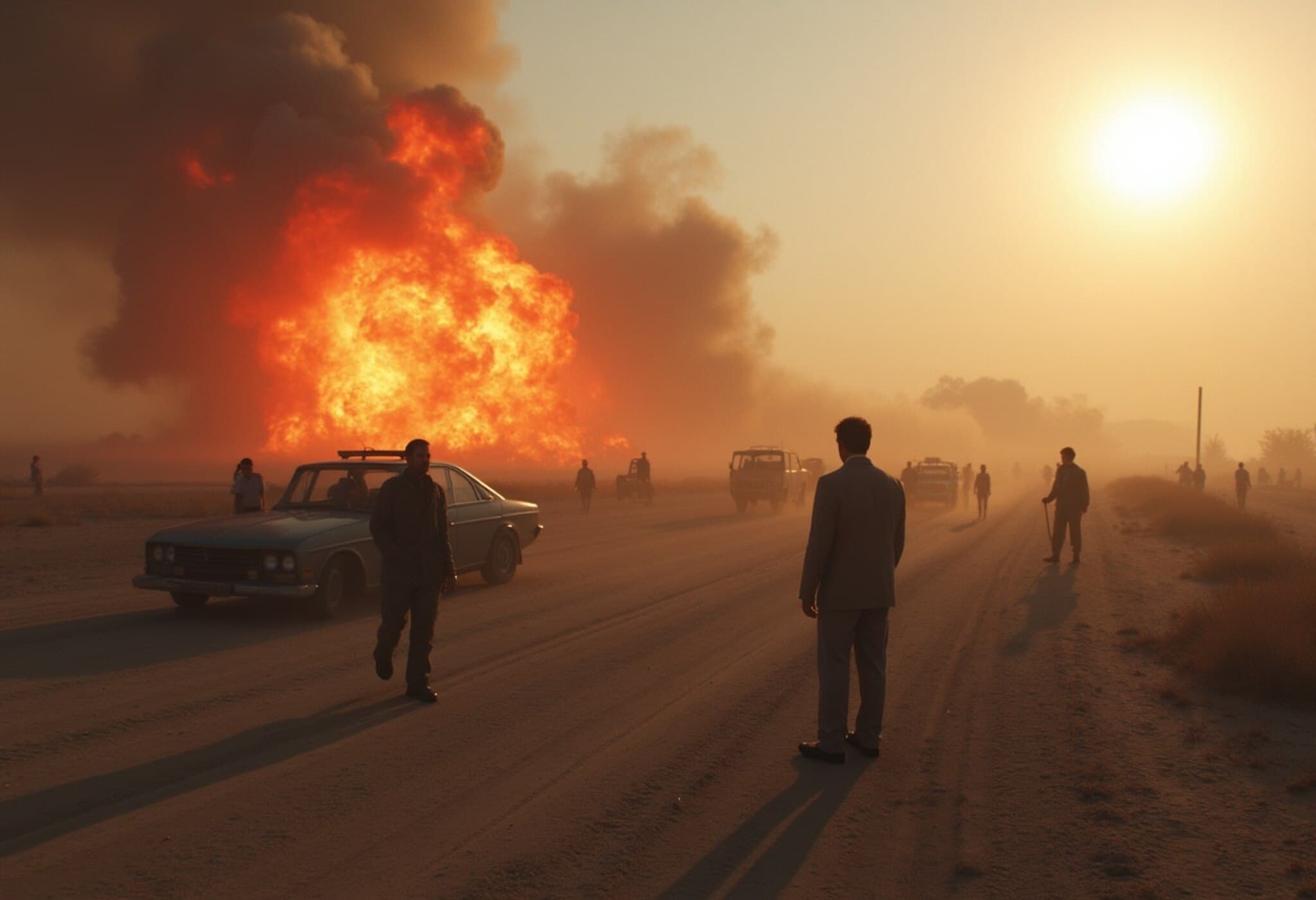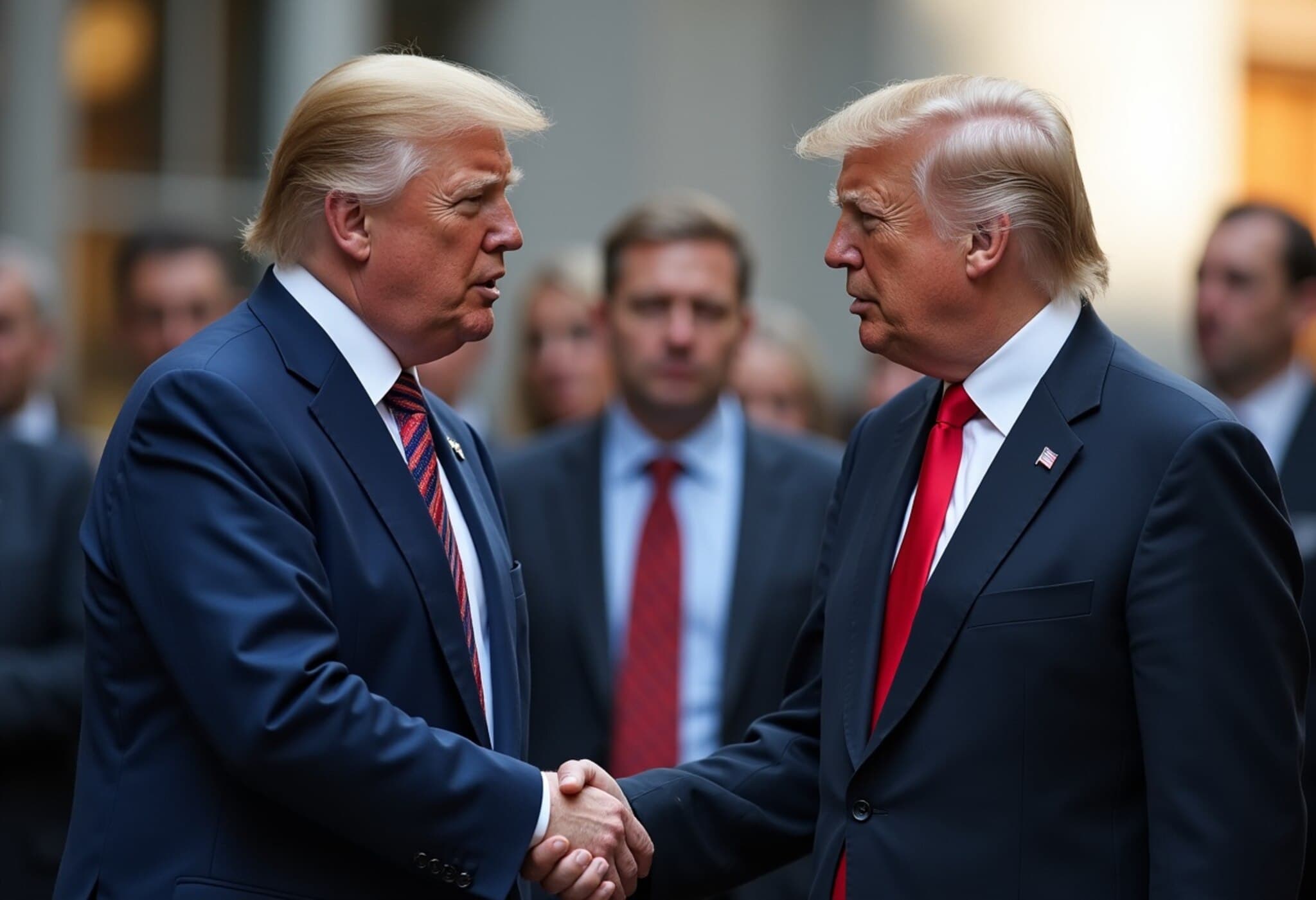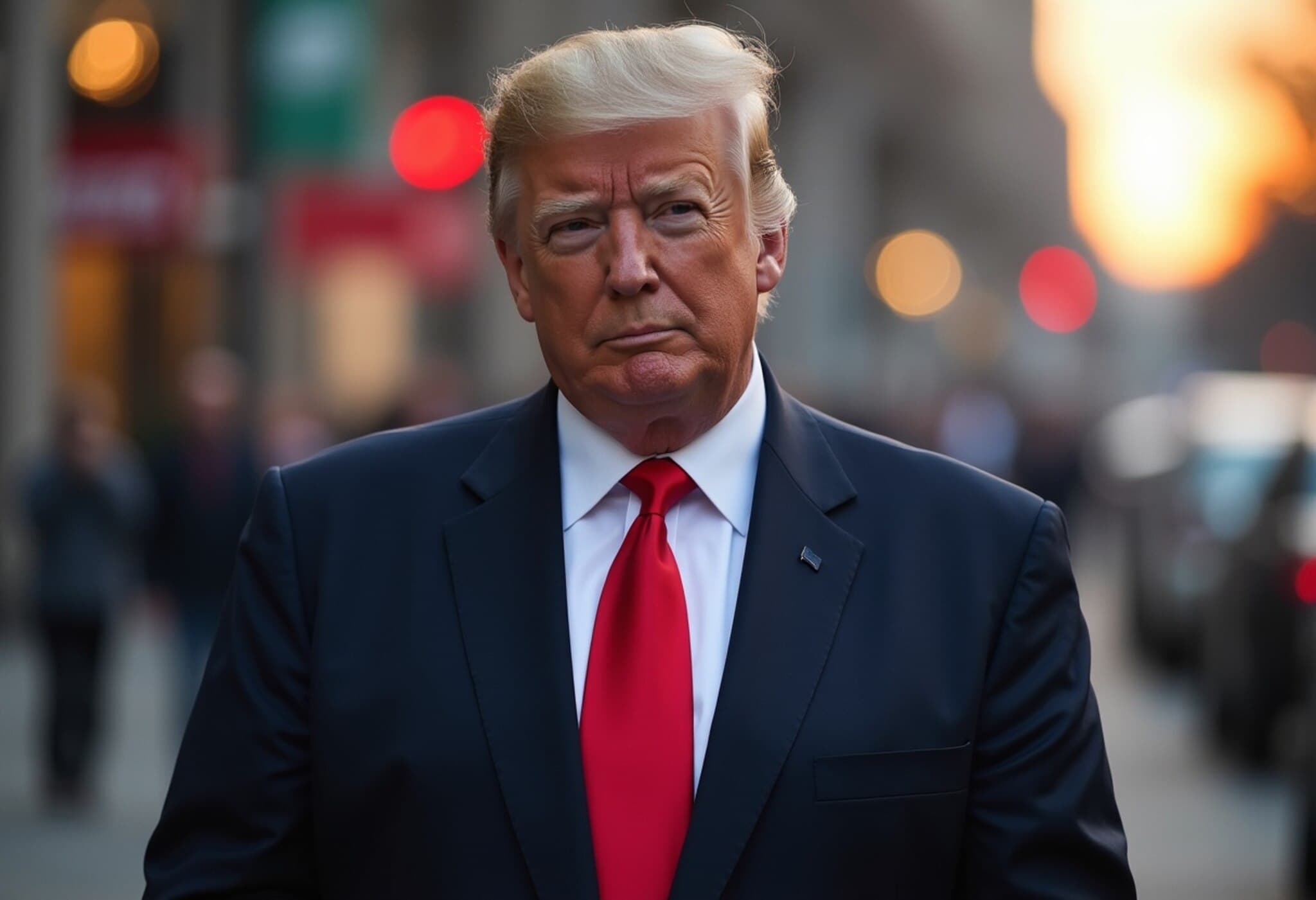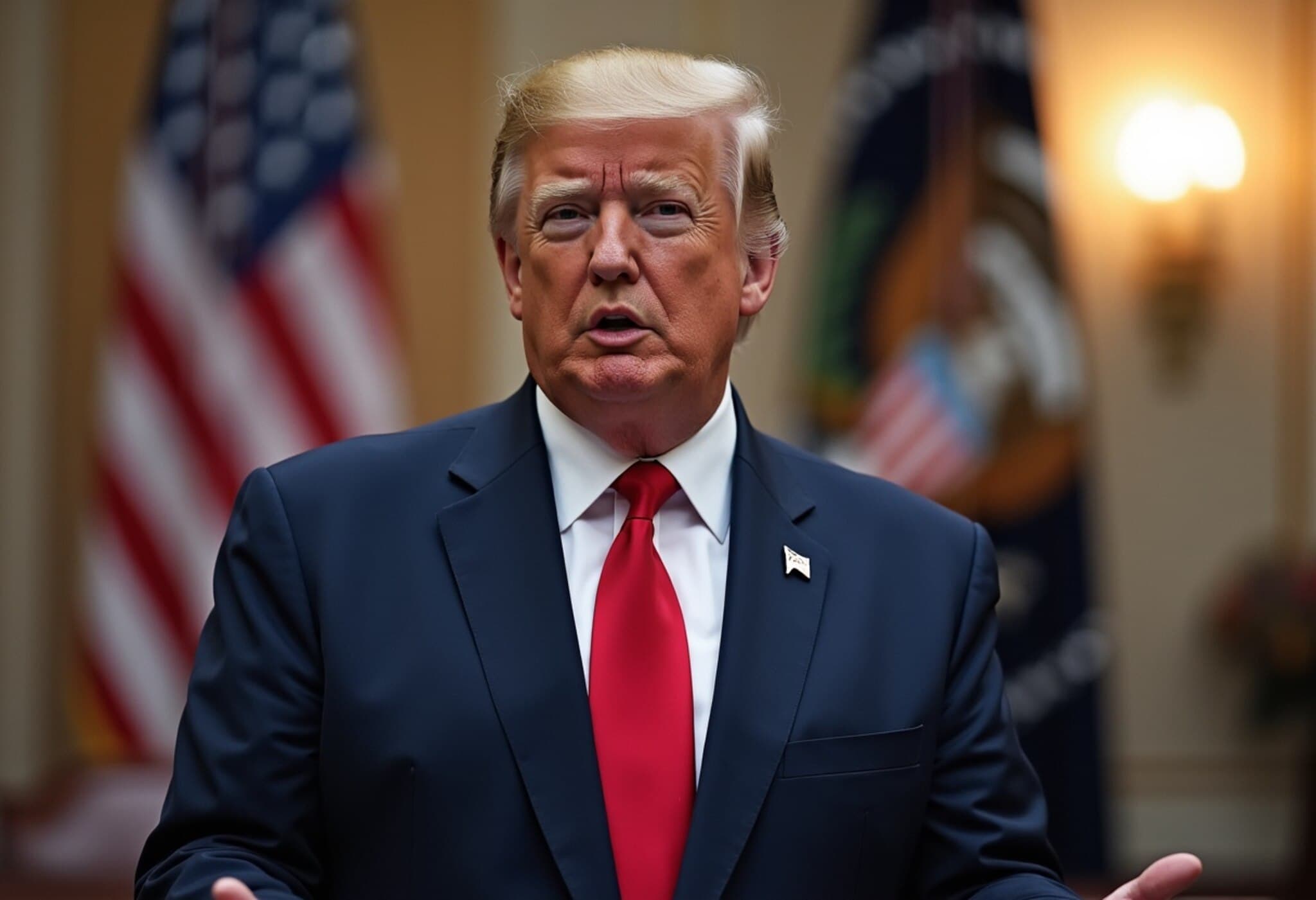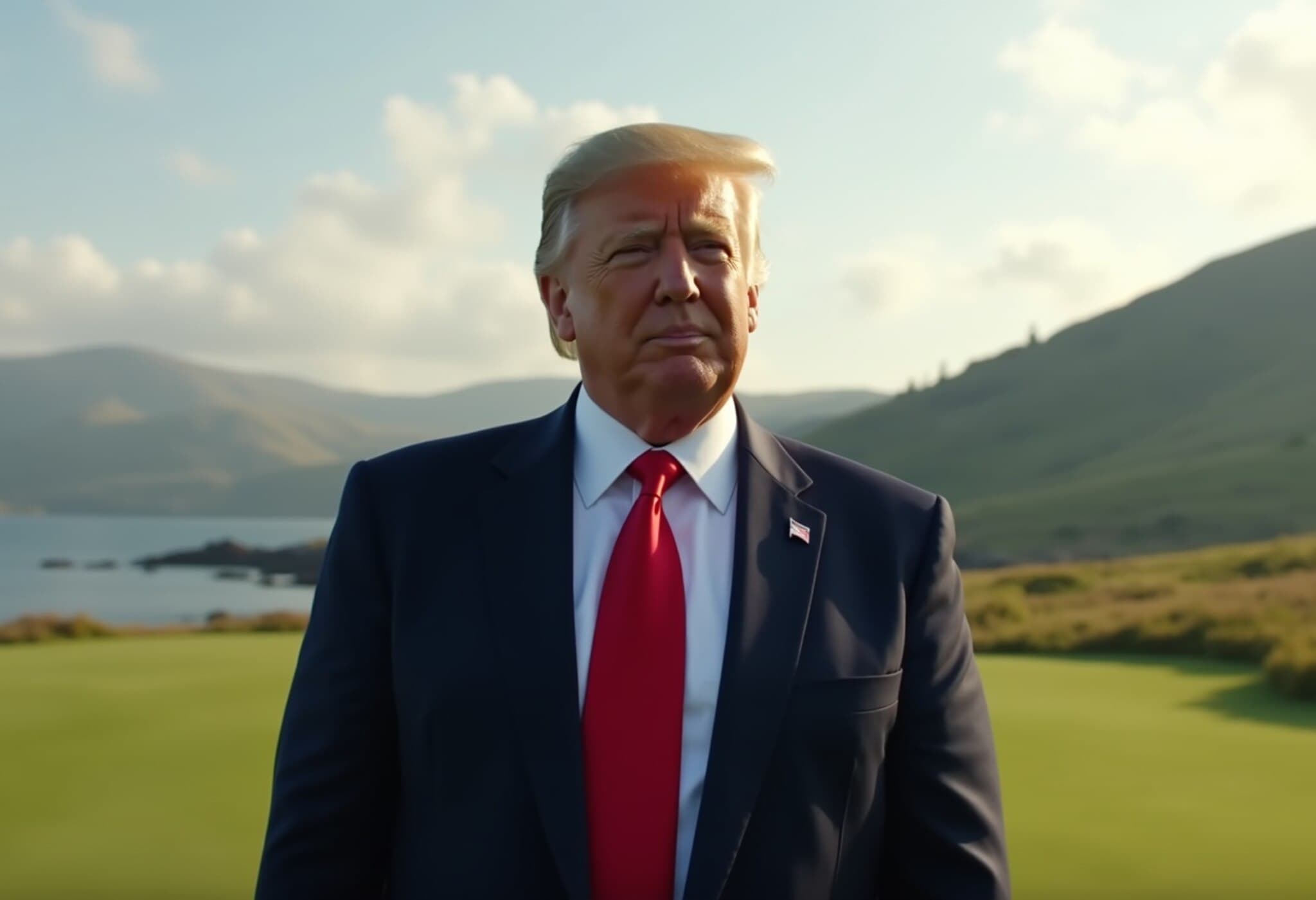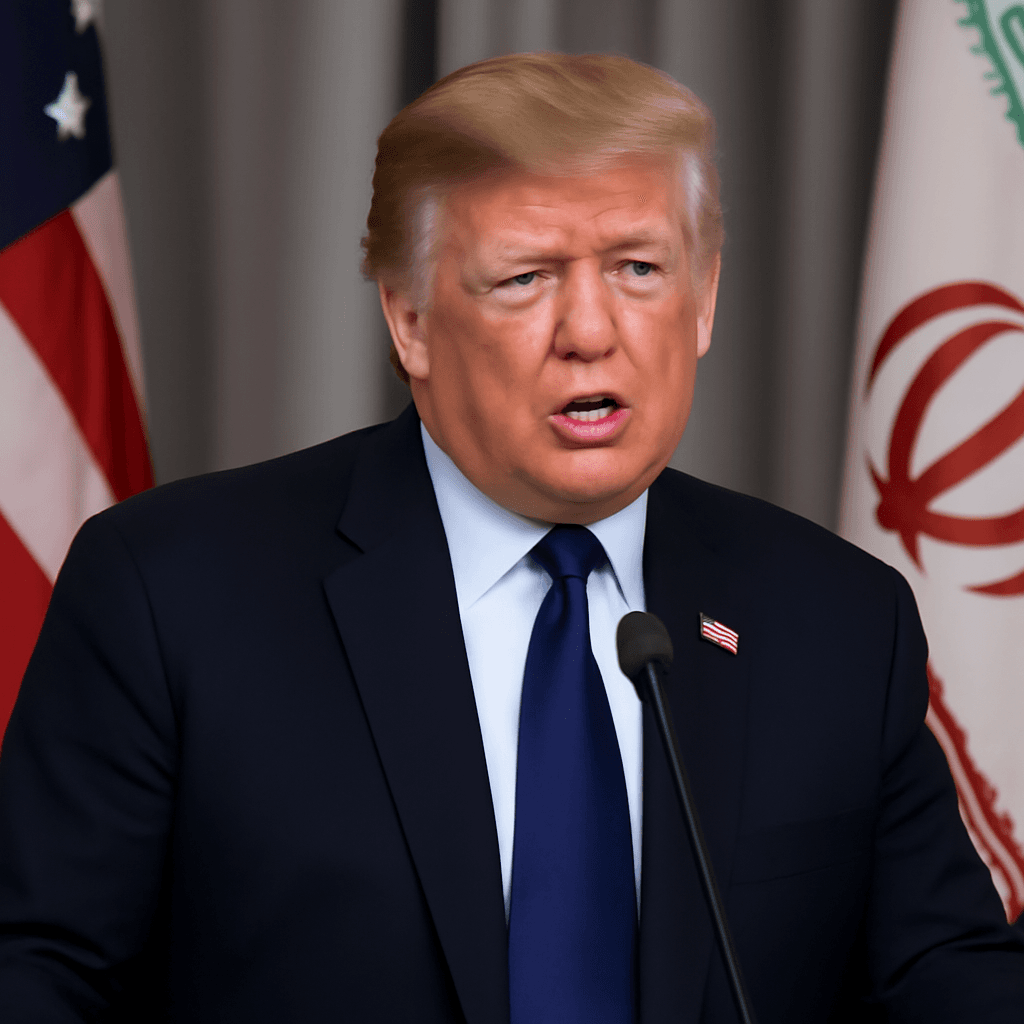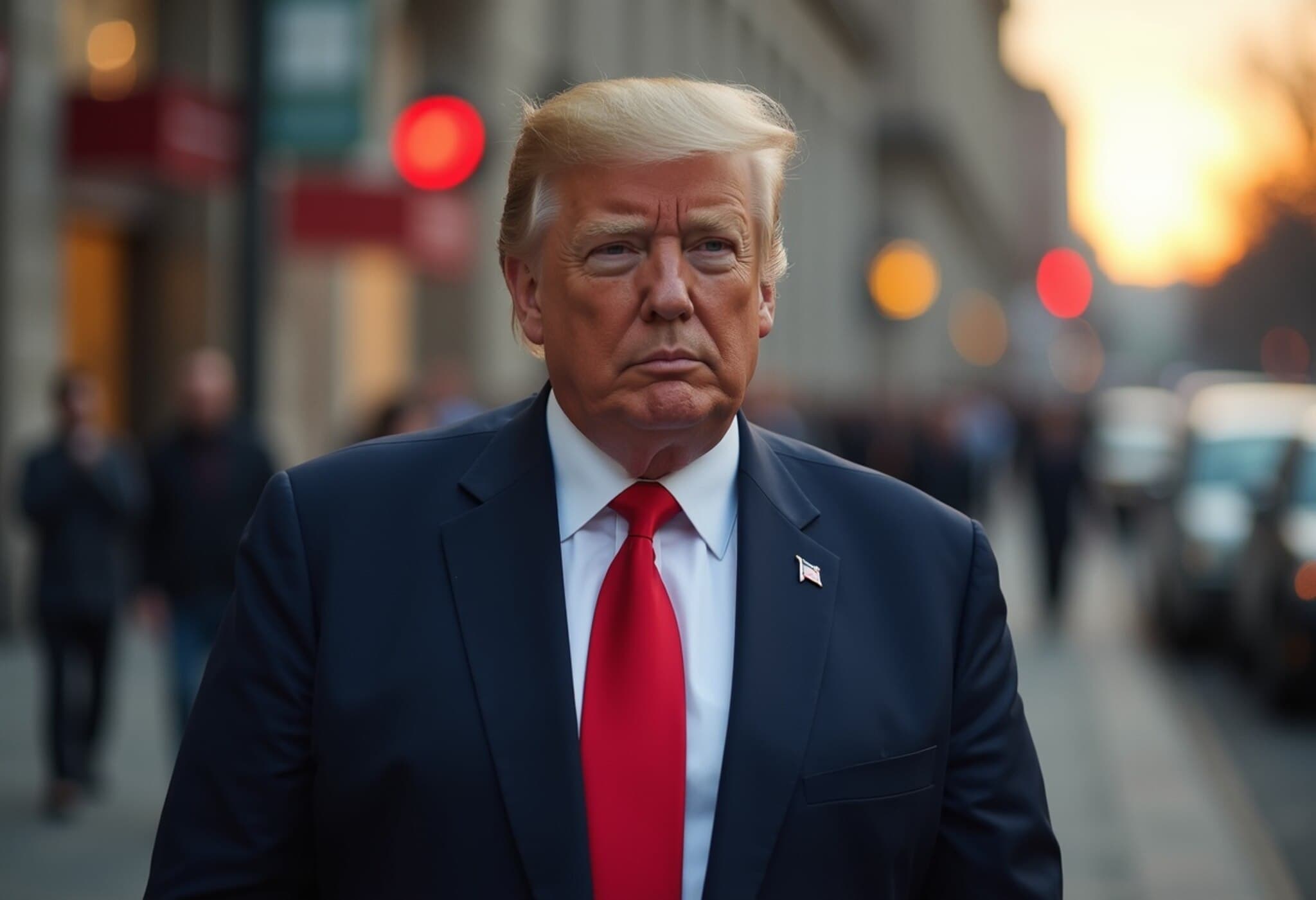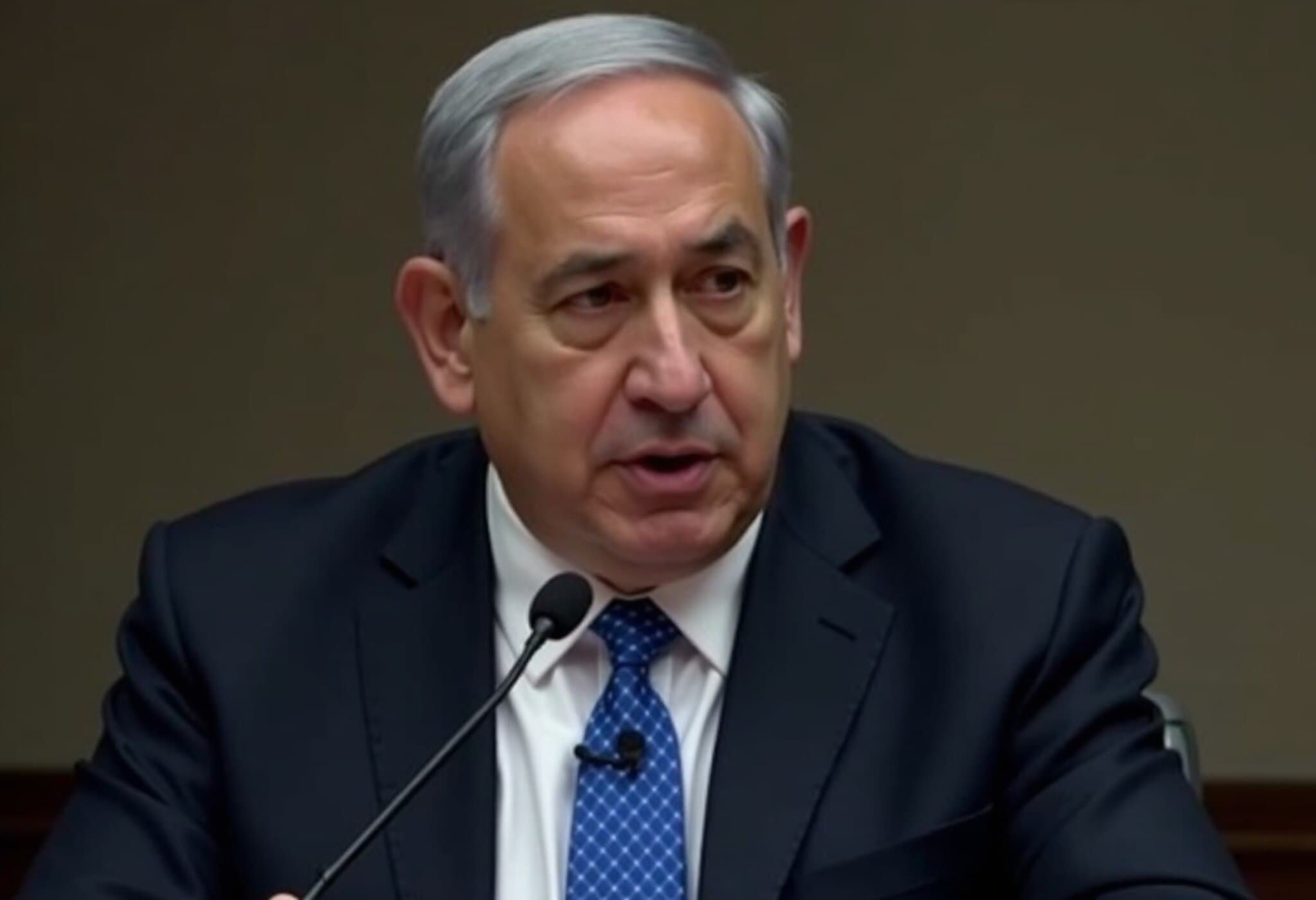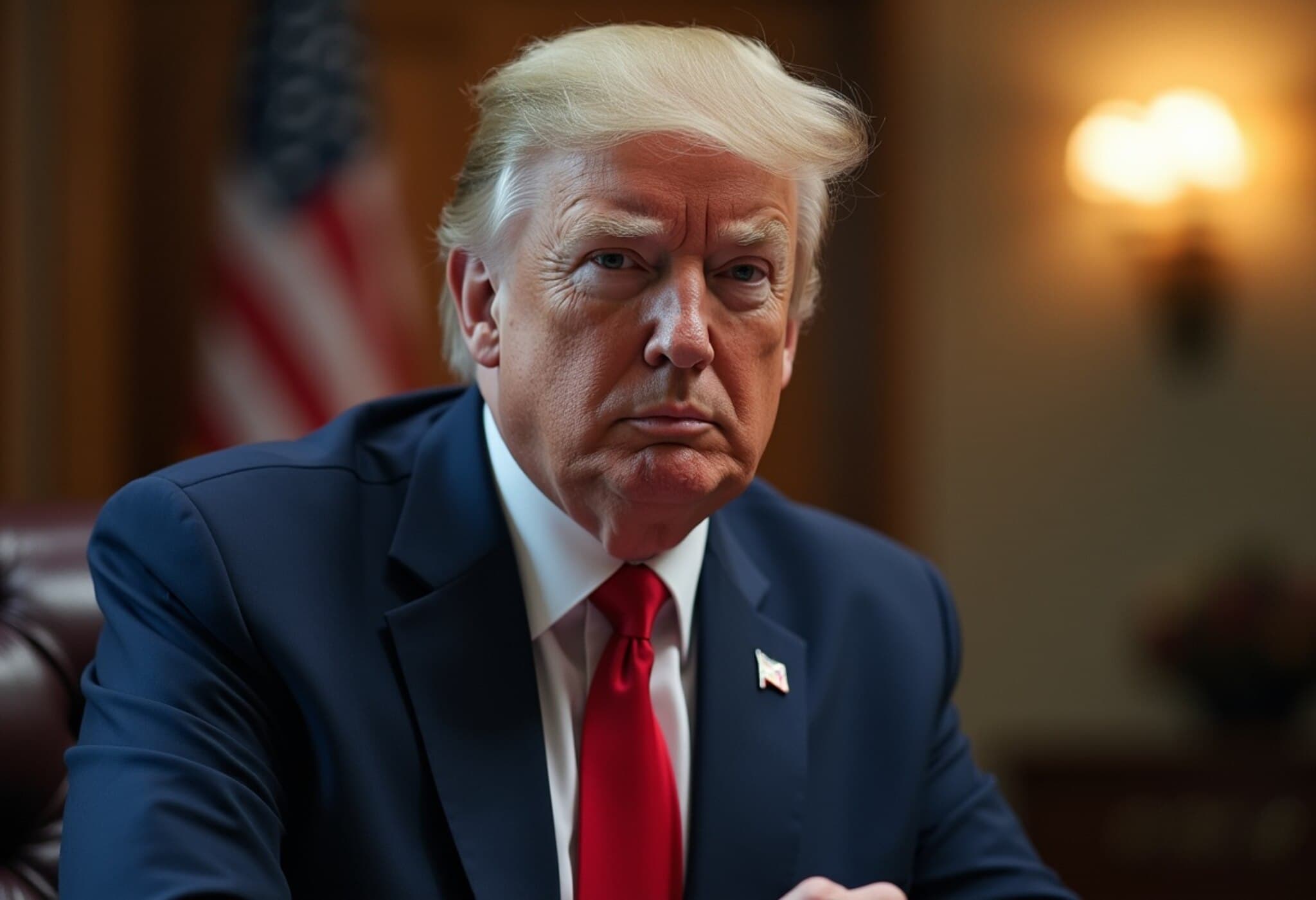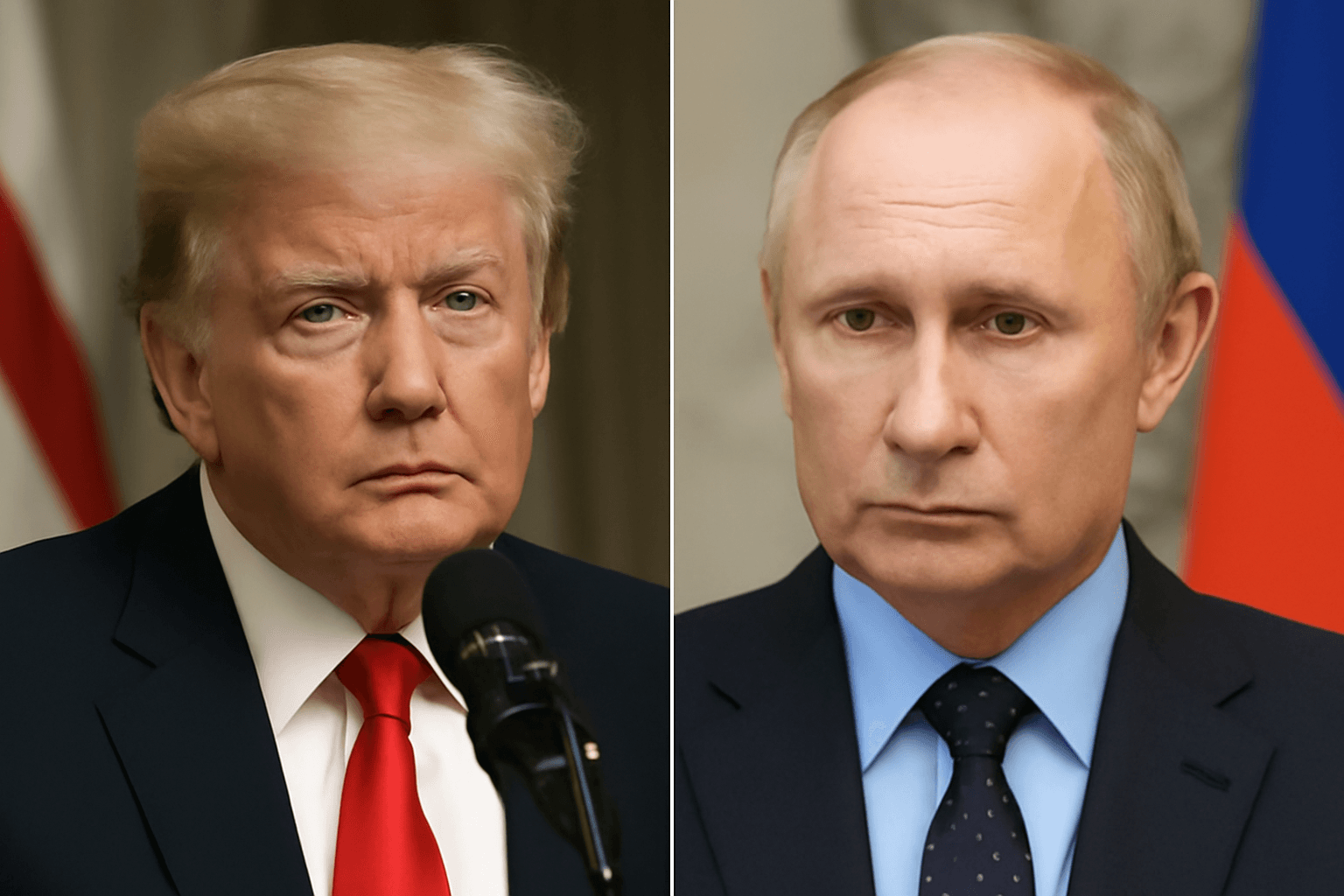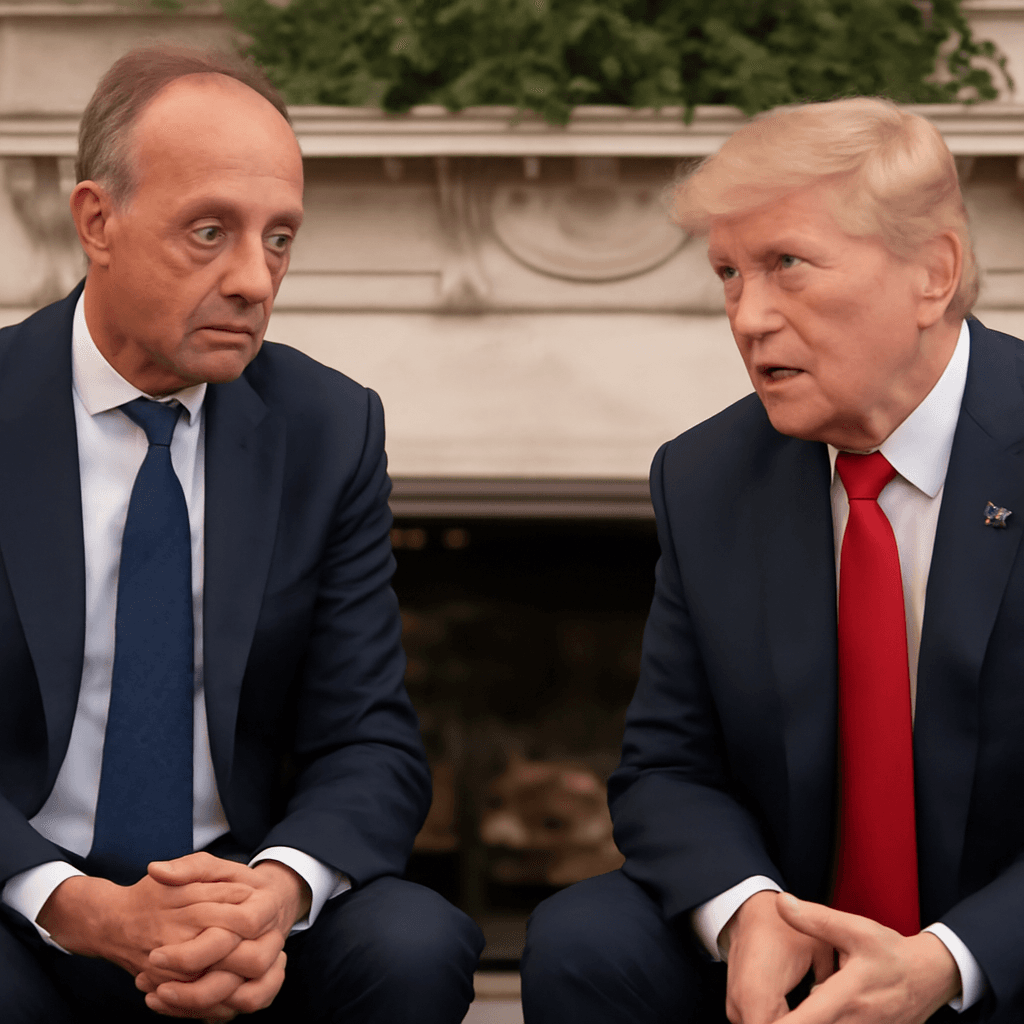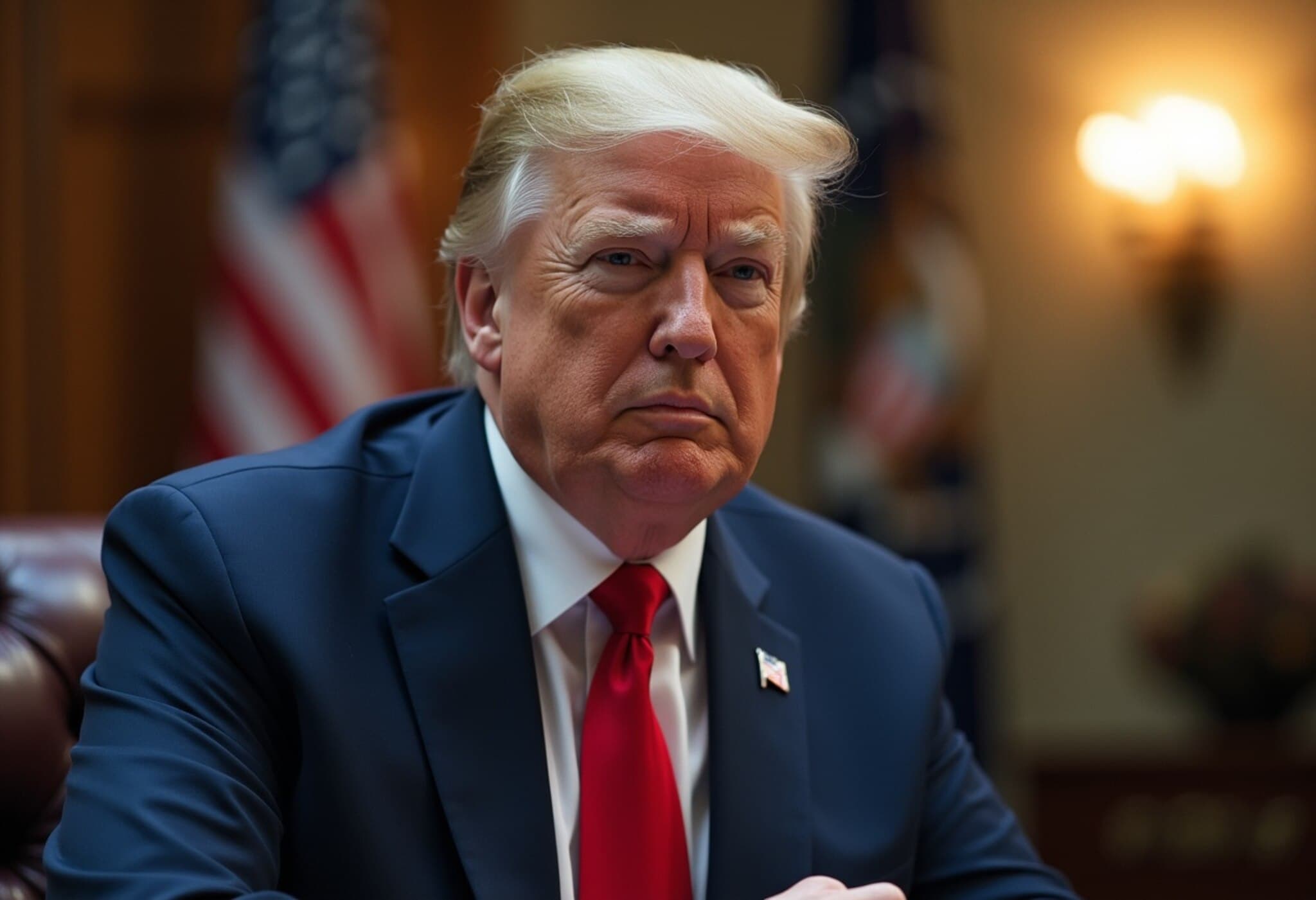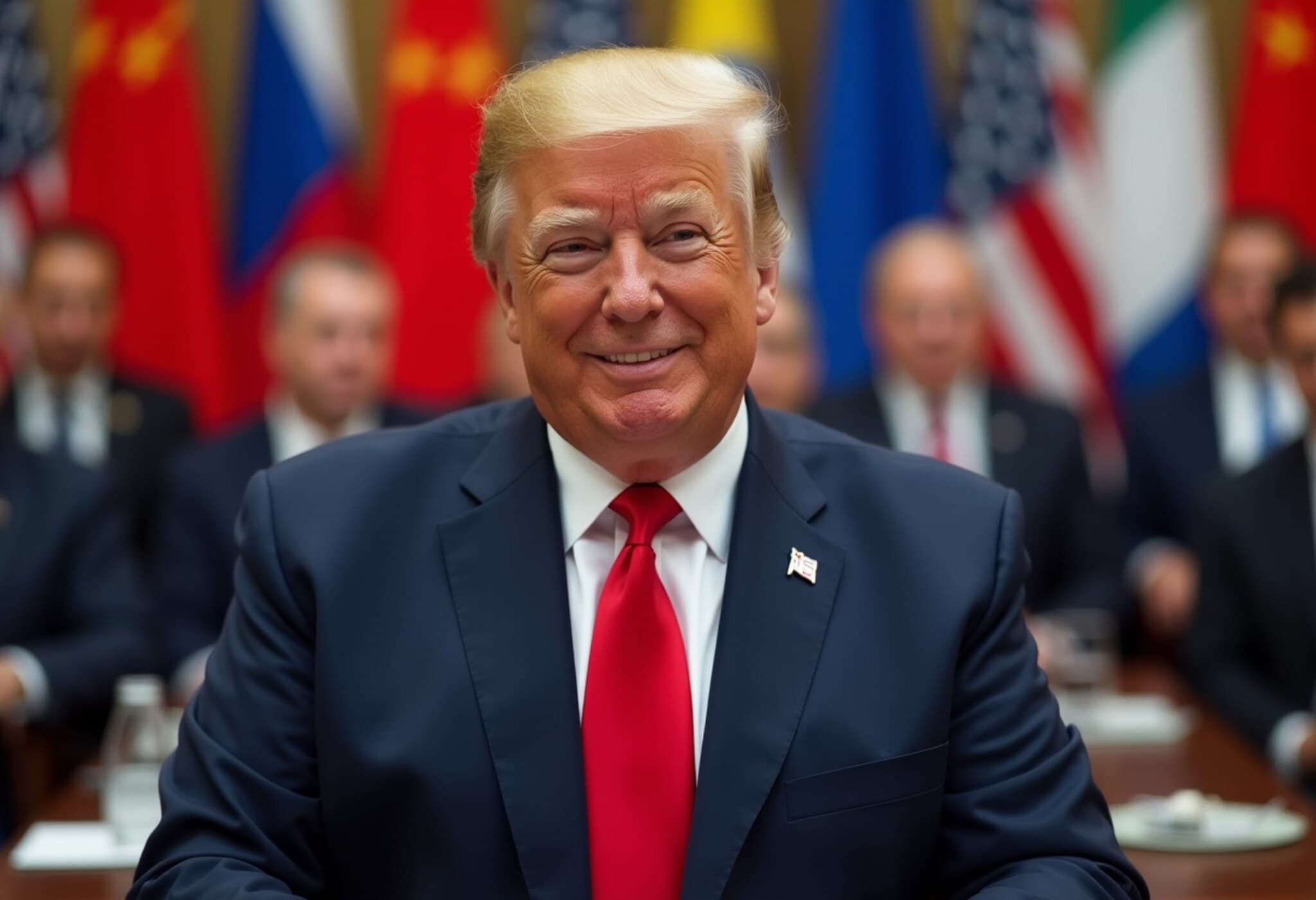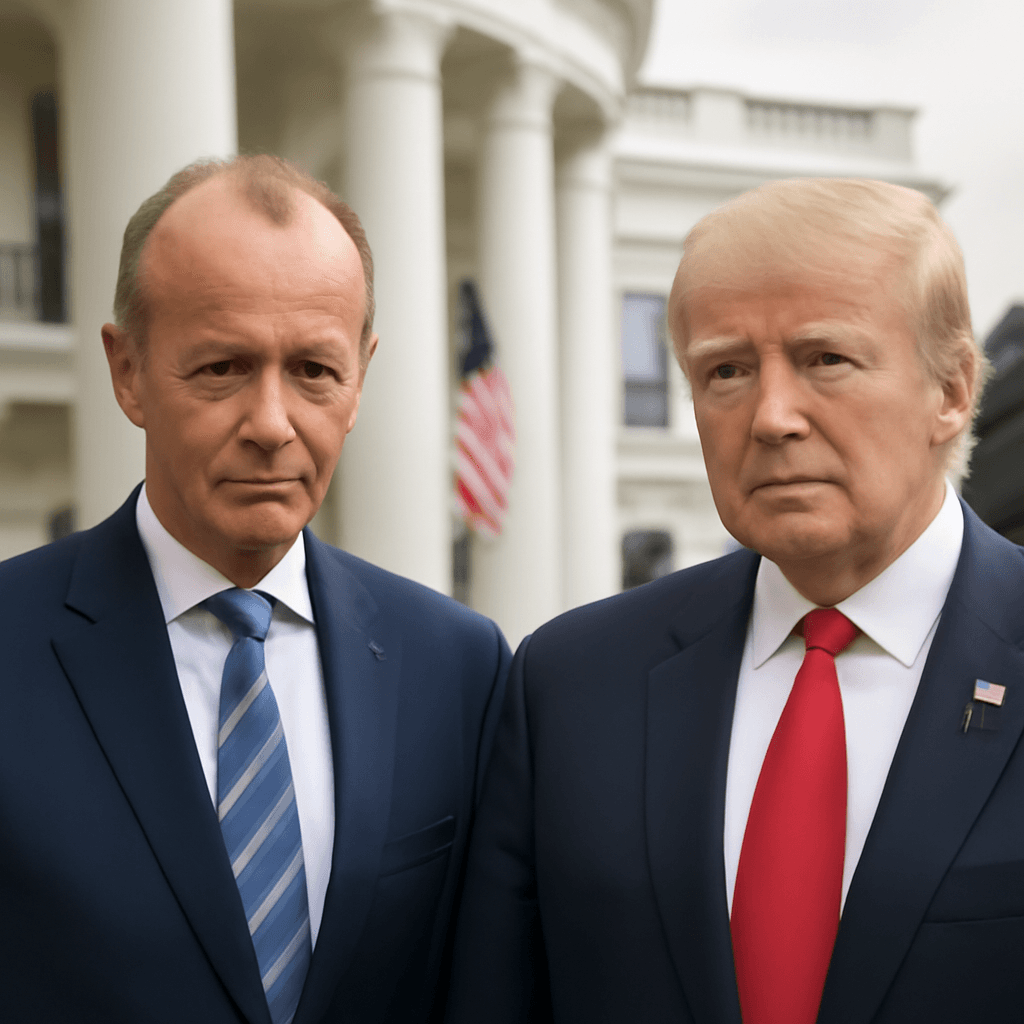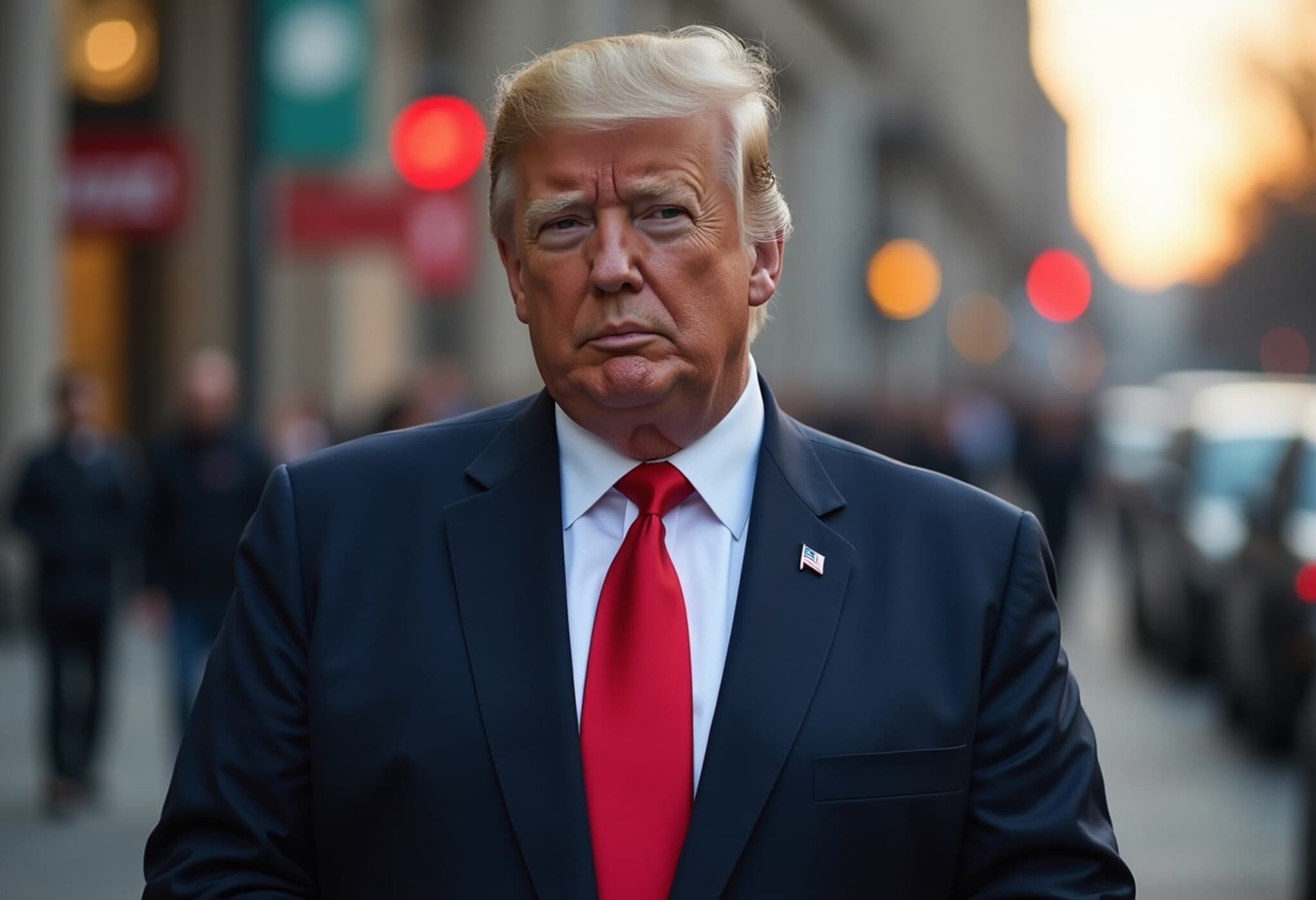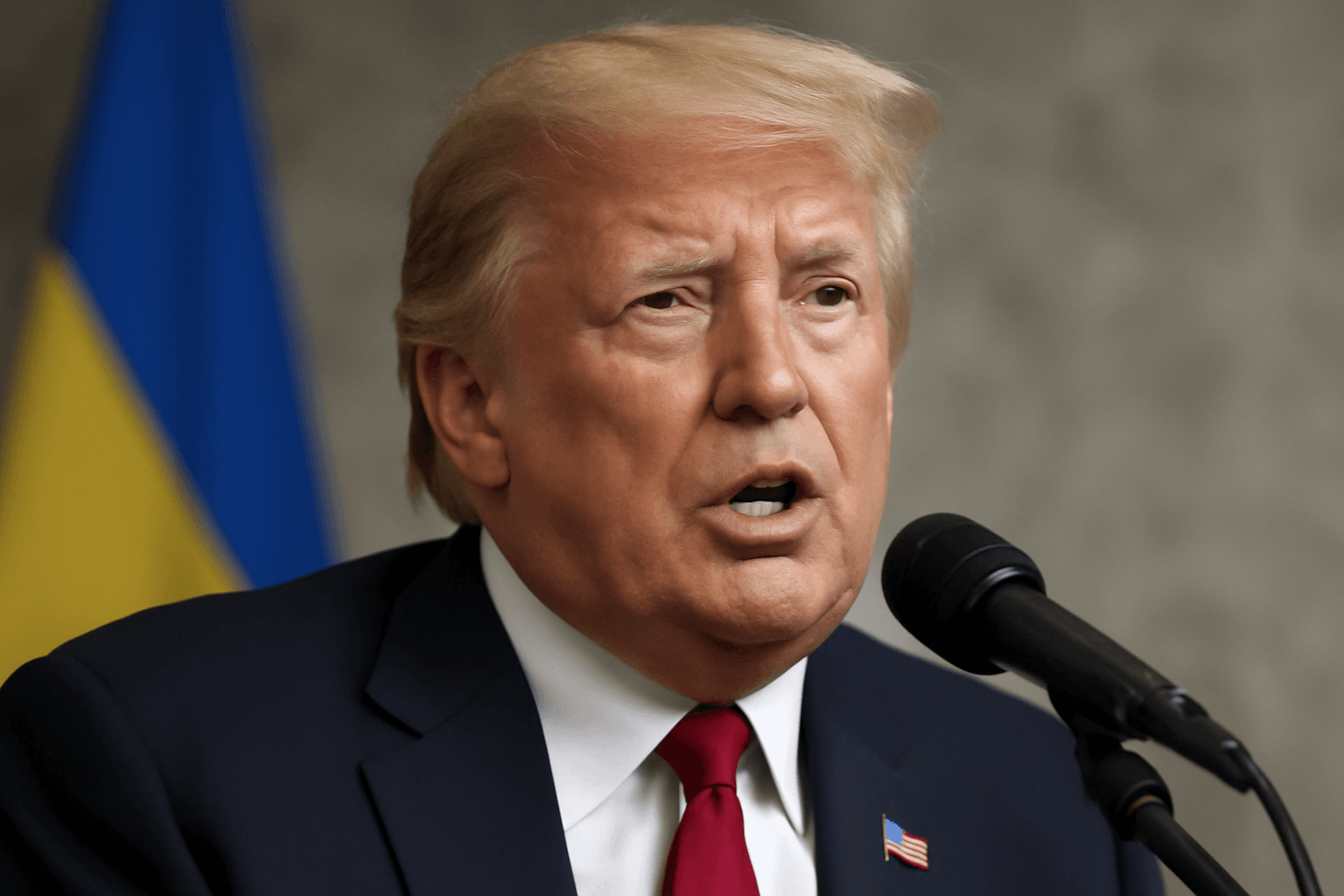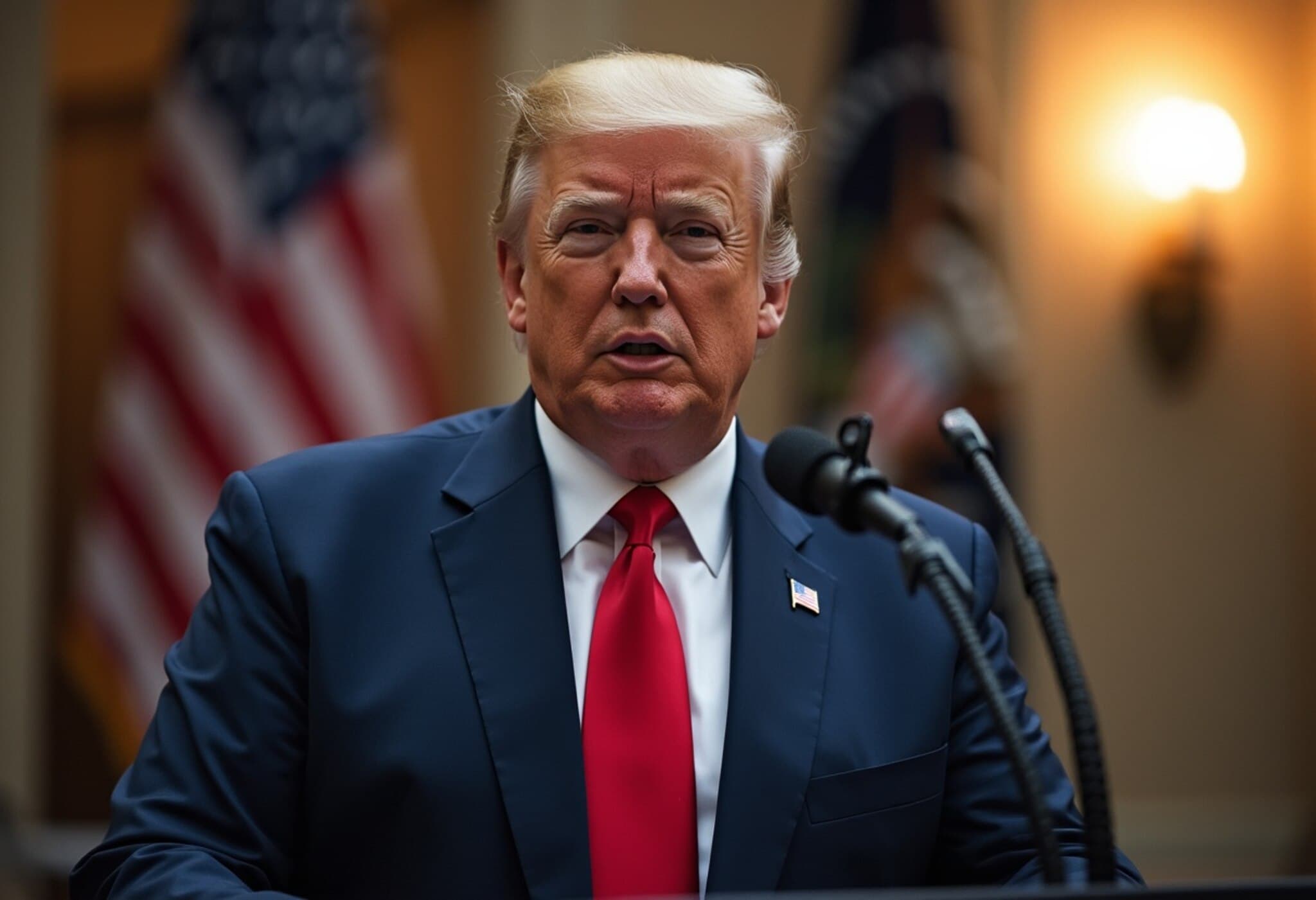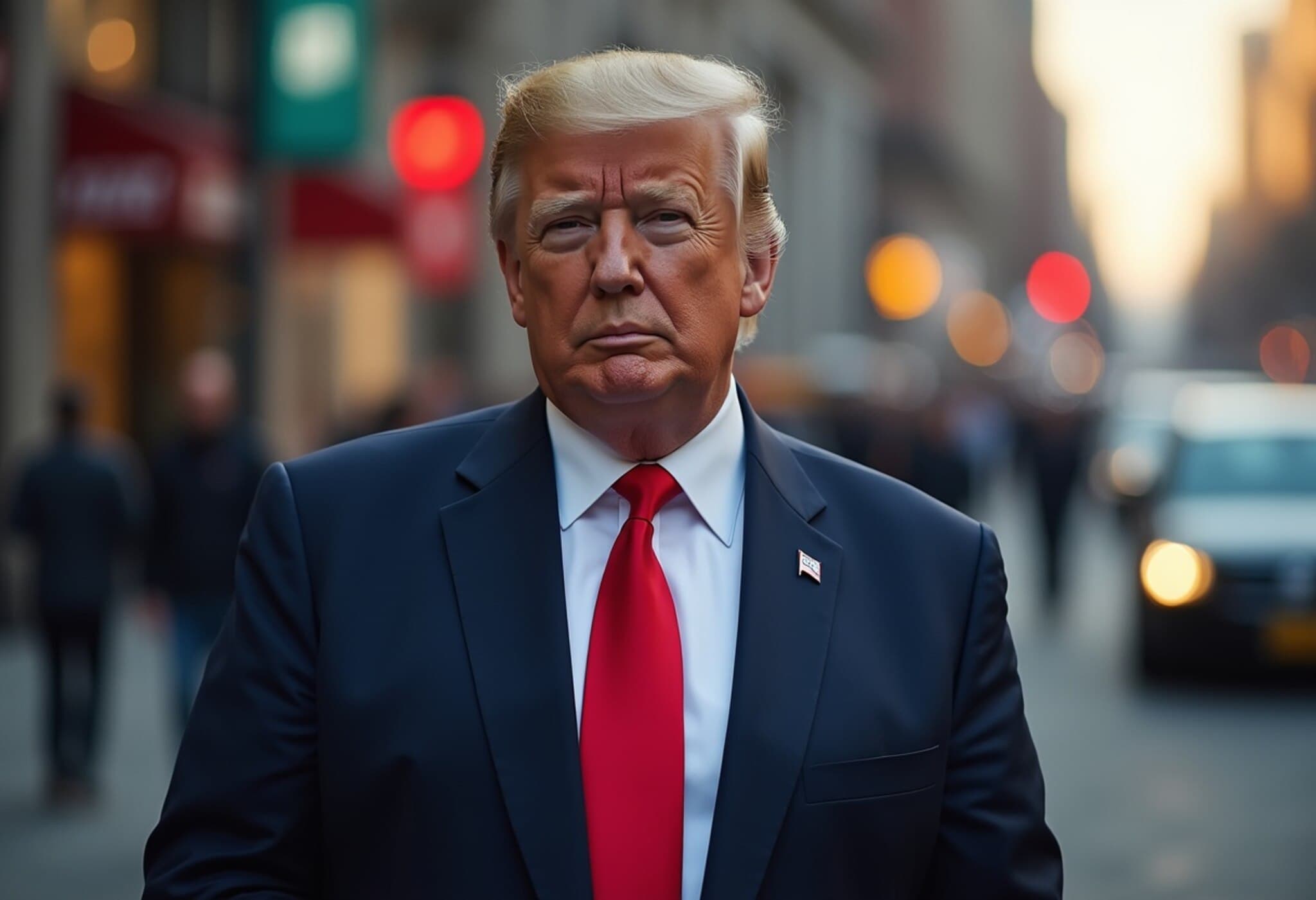Trump Expresses Discontent With Putin Amid Escalating Ukraine War Casualties
On July 8, 2025, U.S. President Donald Trump openly conveyed his dissatisfaction with Russian President Vladimir Putin concerning the intensifying human toll in Ukraine, highlighting a weekly death rate surging to 7,000 casualties. This alarming figure underscores the persistent brutality of a conflict that has now spanned over three years, reshaping global geopolitical dynamics.
Balancing Criticism with Caution on U.S. Response
While Trump’s remarks carry a significant weight given his influence on international affairs, he cautiously withheld details about America’s next steps, teetering between signaling firmness and strategic ambiguity. “I wouldn’t be telling you, we want to have a little surprise,” Trump stated cryptically when asked about new measures, indicating potential shifts in U.S. policy but refraining from specifics.
Recognizing Ukrainian Resolve Supported by U.S. Aid
Amid his critique, Trump acknowledged the commendable resilience of Ukrainian forces. He attributed much of their sustained defensive capabilities to American military support, remarking, “The Ukrainians were brave, but we gave them the best equipment ever made.” This underscores the pivotal role of U.S. aid in bolstering Ukraine’s defense amid relentless pressures.
Contextualizing the Conflict and Its Global Implications
The ongoing war in Ukraine continues to be a focal point of international concern, with human costs mounting weekly. The reported figure of 7,000 casualties per week adds a grave layer to understanding the conflict’s scale—far beyond battlefield statistics, this represents a humanitarian crisis affecting families, communities, and international stability.
- The human cost: With staggering weekly fatalities, the war is pushing Ukraine's healthcare and social systems to their limits.
- Diplomatic tensions: The strained relationship between the U.S. and Russia complicates pathways to diplomacy and peace talks.
- Global security concerns: Prolonged conflict risks regional destabilization and testing alliances in Europe and beyond.
Expert Perspectives: The Stakes for U.S. Policy
Experts note that Trump’s comments, coming from a former president, likely reflect broader debates within U.S. political circles on how to effectively support Ukraine without escalating the conflict further. The suggestion of a "surprise" could imply forthcoming strategic or military assistance changes, or diplomatic maneuvers tailored to pressure Moscow while balancing global security.
Underreported Questions and Future Outlook
- What specific strategies might the U.S. be considering to reduce casualties and promote a ceasefire?
- How does the surge in deaths affect civilian populations, and what humanitarian aid plans are in place?
- What role could international organizations play in mitigating the conflict’s devastation?
Looking Ahead: The Path to Resolution Remains Fragile
The statement from Trump can be seen as a microcosm of shifting geopolitical sentiments—balancing condemnation, strategic ambiguity, and admiration for Ukraine’s resilience. As global eyes remain glued to developments in Eastern Europe, policymakers worldwide face the daunting challenge of reducing human suffering while navigating complex alliances and regional security concerns.
Editor's Note
President Trump’s candid critique sheds new light on the urgency and complexity of the Ukraine conflict. The rising casualty figures are not just statistics—they represent profound human tragedies that demand nuanced, robust responses. As the U.S. hints at possible strategic shifts, readers should watch closely for how diplomacy, military aid, and international cooperation evolve. This situation challenges all actors to prioritize peace while supporting resilience, raising critical questions about the next chapter in global security and humanitarian efforts.

